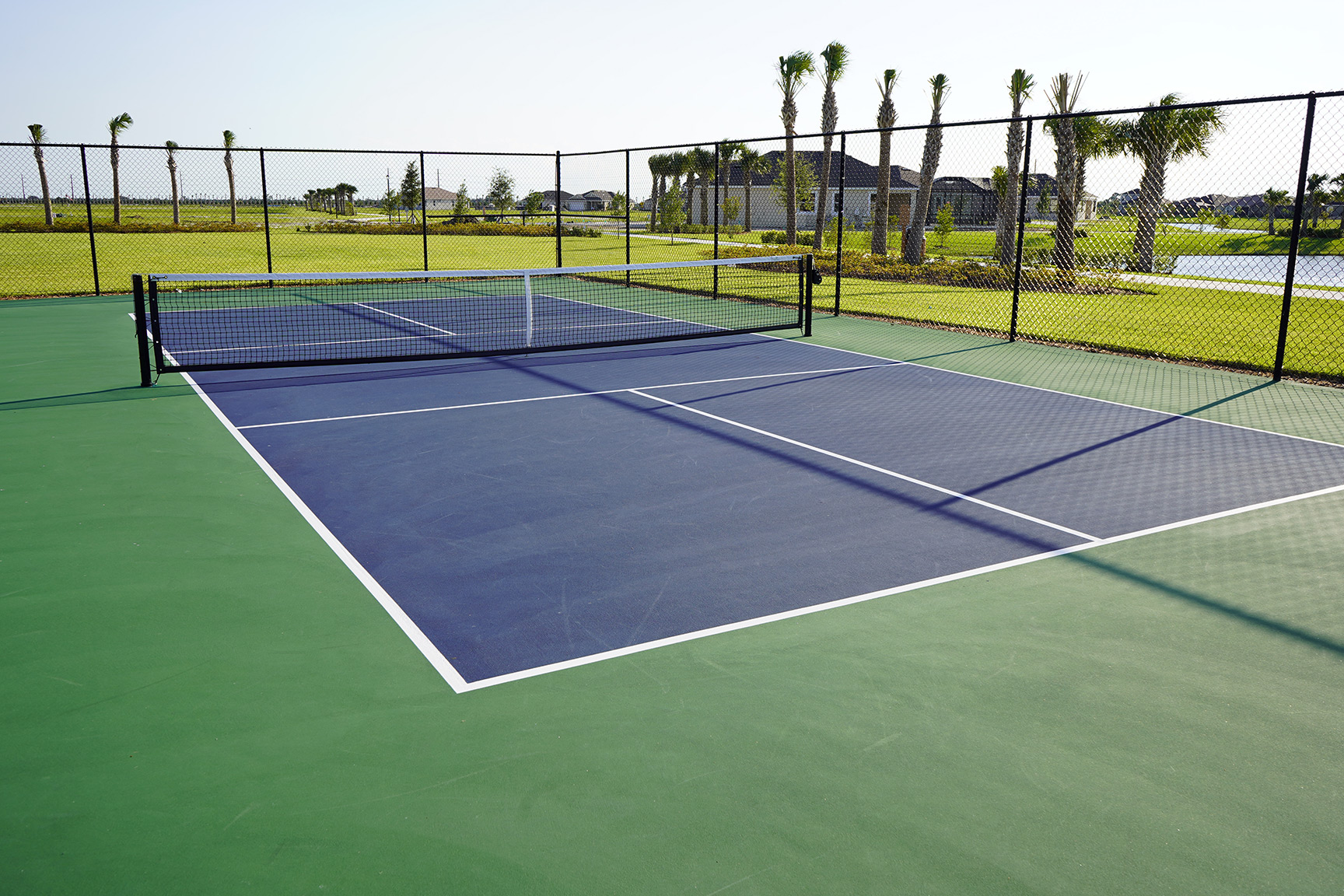How Local Rules Impact Your Pickleball Court Construction Strategies
How Local Rules Impact Your Pickleball Court Construction Strategies
Blog Article
Boost Local Involvement With Community-Driven Pickleball Court Projects
The emergence of community-driven pickleball court projects presents a special opportunity to foster local involvement and reinforce community ties. The real inquiry stays: how can these grassroots efforts be tactically applied to make certain sustainability and inclusivity in diverse areas?
Importance of Area Involvement
Area engagement is an important component in the effective development of pickleball court projects, as it promotes a sense of ownership and cumulative responsibility amongst citizens. When neighborhood participants are actively included in the planning and implementation stages, they are much more most likely to support for the task's long-lasting success. Involving stakeholders such as regional gamers, households, and entertainment teams guarantees that the facilities satisfy the varied requirements and choices of the community.
Furthermore, area interaction grows a supportive setting where residents really feel encouraged to add their resources and ideas. Pickleball court construction. This collaborative technique can cause innovative remedies that boost the style and capability of the courts, making them extra enticing to a bigger target market. Furthermore, including homeowners in decision-making procedures can reinforce social ties, advertising inclusivity and unity within the neighborhood
The presence of community support for a pickleball job can likewise play a pivotal duty in securing funding and approval from local authorities. By showing a common commitment to leisure growth, areas can efficiently advocate for resources and policy modifications that prefer the facility of pickleball courts, inevitably enriching the regional society and entertainment landscape.
Actions to Start a Task
Launching a pickleball court project calls for a methodical method that develops on the structure of neighborhood engagement developed in previous conversations. The primary step is to put together a job committee making up neighborhood stakeholders, enthusiasts, and reps from relevant organizations. This diverse group guarantees that multiple point of views are considered.
Next, carry out a demands evaluation within the community. Surveys, emphasis teams, and public meetings can be reliable in determining passion and celebration input on possible court locations, preferred features, and organizing preferences. Following this, develop a job plan describing responsibilities, timelines, and goals.
When the strategy is in place, involve with neighborhood authorities to understand zoning policies and any required authorizations. Interacting transparently with the community throughout this procedure is crucial, as it fosters count on and urges additional participation.
Additionally, arranging community occasions can help keep momentum and enthusiasm. These occasions can work as platforms for further discussion and assistance to enhance area connections. Record every step taken and preserve in-depth records, as this will certainly be useful for future phases of the project, consisting of funding and source acquisition.
Financing and Resources Available
Safeguarding funding and sources for a pickleball court project is typically a critical step that can identify the job's usefulness and success. Various opportunities exist for getting monetary support, varying from public financing to personal sponsorships. City government grants, typically targeted at promoting community health and recreation, can provide significant sponsorship for such initiatives.
Along with government sources, not-for-profit companies and structures frequently supply grants especially for sporting activities and community advancement projects. Engaging neighborhood organizations as sponsors can also be a worthwhile method; lots of firms are eager to purchase community efforts that improve their corporate social duty account.
Crowdfunding systems have become a feasible choice for grassroots fundraising, allowing community participants to add directly to the job. This strategy not only raises funds yet additionally fosters a sense of possession among individuals.
Design and Preparation Factors To Consider
Reliable style and planning are basic elements of any effective pickleball court job adhering to the purchase of funding and sources. A thorough evaluation of the proposed location is important; this includes evaluating access, proximity to existing area services, and the capacity for visibility and engagement.
The layout of the court have to stick to official size specs while taking into consideration the surrounding atmosphere. Incorporating functions such as seats, color structures, and suitable lighting can dramatically improve player experience and viewer pleasure. Products picked for the court surface must focus on resilience and safety and security, with choices like acrylic or asphalt offering optimum efficiency.
Including community participants in the design process cultivates a feeling of ownership and makes certain that the facility satisfies regional requirements - Pickleball court construction. This can be achieved with public appointments and studies, enabling stakeholders to share their preferences and problems
Sustainability needs to additionally be a top priority; including green products and practices can add to long-term viability. Lastly, creating an upkeep plan to make certain the court stays in excellent problem will sustain ongoing neighborhood involvement and engagement in pickleball activities.

Success Stories and Study
Highlighting the transformative influence of community-driven initiatives, a number of success stories illustrate how joint initiatives have actually resulted in the advancement of vivid pickleball courts throughout various regions. One noteworthy example is the initiative in a town in Florida, where homeowners united to convert an underutilized tennis court into a specialized pickleball center. Via fundraising events and click to read collaborations with neighborhood services, the neighborhood raised enough funds to set up brand-new nets, resurfacing, and lines, inevitably fostering a dynamic hub for local players.
In a similar way, in a country location of The golden state, a grassroots activity arised to produce pickleball courts in a neighborhood park. The project not only involved volunteers for building and construction however likewise consisted of workshops to involve neighborhood participants in the sporting activity. Because of this, the courts came to be a focal point for social communication and physical fitness, drawing in players of every ages.
These situation researches exemplify how community-driven tasks can boost local involvement, click for info promote exercise, and enhance social bonds. By leveraging cumulative sources and enthusiasm, communities can efficiently develop and sustain pickleball centers that serve varied populaces and foster a feeling of belonging.

Conclusion
By focusing on stakeholder involvement throughout the planning and application phases, these campaigns can properly attend to diverse community demands. Inevitably, such efforts contribute to the makeover of public areas right into vibrant centers of health and fitness and social interaction, reinforcing neighborhood ties.
The introduction of community-driven pickleball court jobs presents an unique chance to promote regional engagement and strengthen neighborhood ties.Neighborhood interaction is a critical component in the successful advancement of pickleball court projects, as it promotes a feeling of possession and collective responsibility among locals. When area participants are actively included in the preparation and application phases, they are more most likely to support for the job's long-lasting success.Initiating a pickleball court task needs a systematic technique that develops on the structure of community engagement developed in previous discussions. The why not try this out project not just engaged volunteers for building and construction yet additionally consisted of workshops to engage community participants in the sporting activity.
Report this page